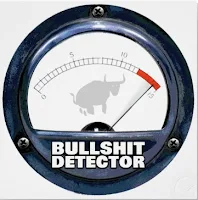Unemployment has ticked up to 7.3% in October as another 720,000 people bailed out of the labor force.
An astounding 91.5 million could be in the labor force but are not. Since the start of the recession in December 2007, over 12 million people have left it, 11.7 million of which left it AFTER the recession ended in June 2009.
You have to go back to 1979 to get a labor force participation rate as low as 62.9 like we have today. At 58.3 the civilian employment population ratio was last this bad back in 1983.
Job growth increased again to average 190,000 added per month in the last year as up-revisions to previous monthly reports were taken into account. At this rate it would take over five years to put everyone who left the labor force back into it, assuming you didn't also have to accommodate all the new entrees into the labor force from population growth. Many of those who left will simply never re-enter because they will reach retirement eligibility before they'll find a job.
The broadest measure of unemployment included 11.3 million out of work, 8.1 million working part-time for economic reasons (peak was in excess of 9.2 million), and 2.3 million marginally attached to the workforce, or 21.7 million total.
CalculatedRiskBlog's famous graph of this longest and deepest employment recession in the post-war now extends the streak to 69 months, or 5.75 years.
The report from the Bureau of Labor Statistics may be found here.















